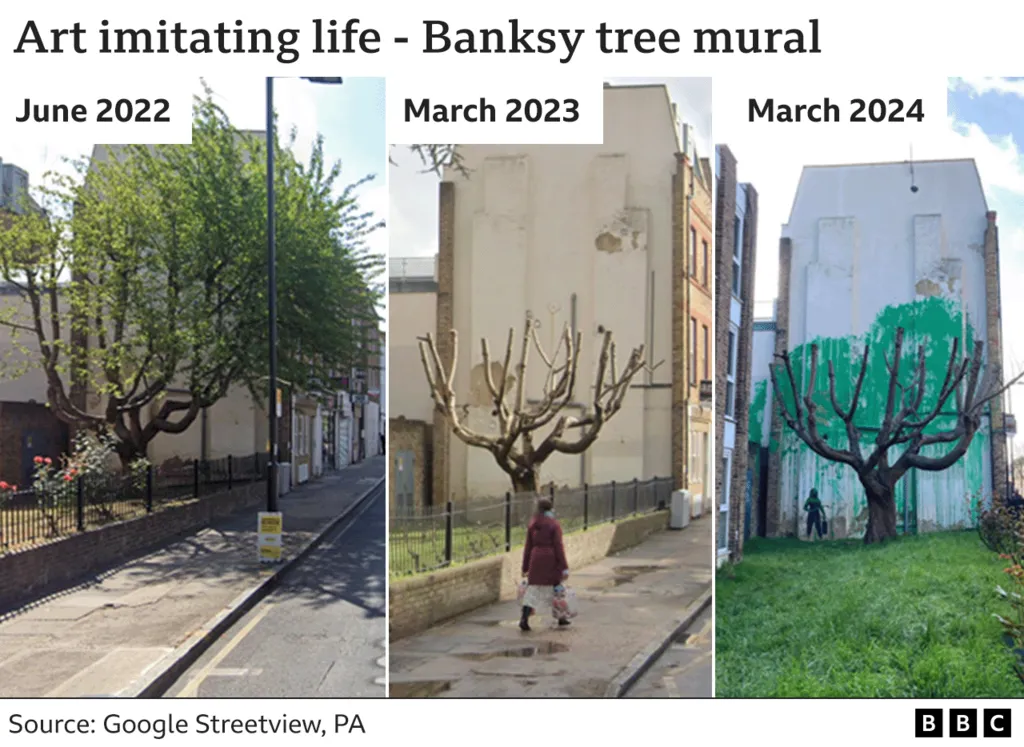


Unofficial Companion Guide to the Rocket Oven DVD
will be released to subscribers in:
soon!



 3
3












 4
4





Visit Redhawk's soil series: https://permies.com/wiki/redhawk-soil
How permies.com works: https://permies.com/wiki/34193/permies-works-links-threads

 1
1




- Tim's Homestead Journal - Purchase a copy of Building a Better World in Your Backyard - Purchase 6 Decks of Permaculture Cards -
- Purchase 12x Decks of Permaculture Cards - Purchase a copy of the SKIP Book - Purchase 12x copies of Building a Better World in your Backyard
 4
4











 2
2




There are some ornamentals, and the fig I mentioned, where it's done yearly. However, just as with coppicing, the schedules vary widely depending on the goals with 3 years often being the shortest, and my memory says (it's old - I don't quite trust it - no time to double check) 10 years isn't uncommon.Timothy Norton wrote:I'm not familiar with pollarding, but it sounds like a big job that has to be done at least yearly.
I have a ten foot orchard ladder and I'm a wimpy female who's over 60 years old. Most pollarding is done at reasonable ladder height, but I've also seen higher pollards accomplished with ropes and harnesses and younger humans.Is this a task that requires ladders?
That might best be done by building community. I had a couple of young teens come by the other day and spend a couple of hours moving pallets with me and hammering extra boards to them, and I paid them in duck eggs (although, alas, I suspect mom will get stuck with the cooking, as they boys are much keener on outside tasks than kitchen ones). If we can work on building community cooperation, where younger, stronger people with better balance (balance statistically decreases with age, but statistics are broad, not individual specific) do tasks like pruning from ladders and I get to mend the pants they tear doing so, I'm happy to call that "permaculture"!Perhaps for a government agency with bucket trucks it is one thing but I'm wondering how to Permiefy it.
Visit Redhawk's soil series: https://permies.com/wiki/redhawk-soil
How permies.com works: https://permies.com/wiki/34193/permies-works-links-threads
 2
2












|
Chop wood, carry water. Find enlightenment. Chop wood, carry water, and read tiny ads.
Rocket Mass Heater Resources Wiki
https://permies.com/w/rmh-resources
|






